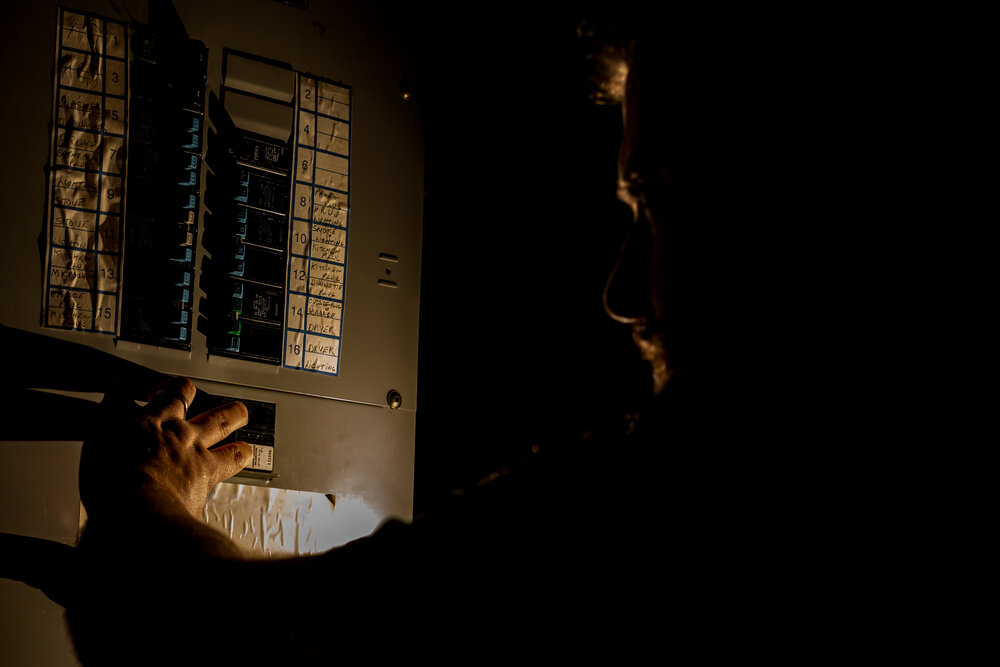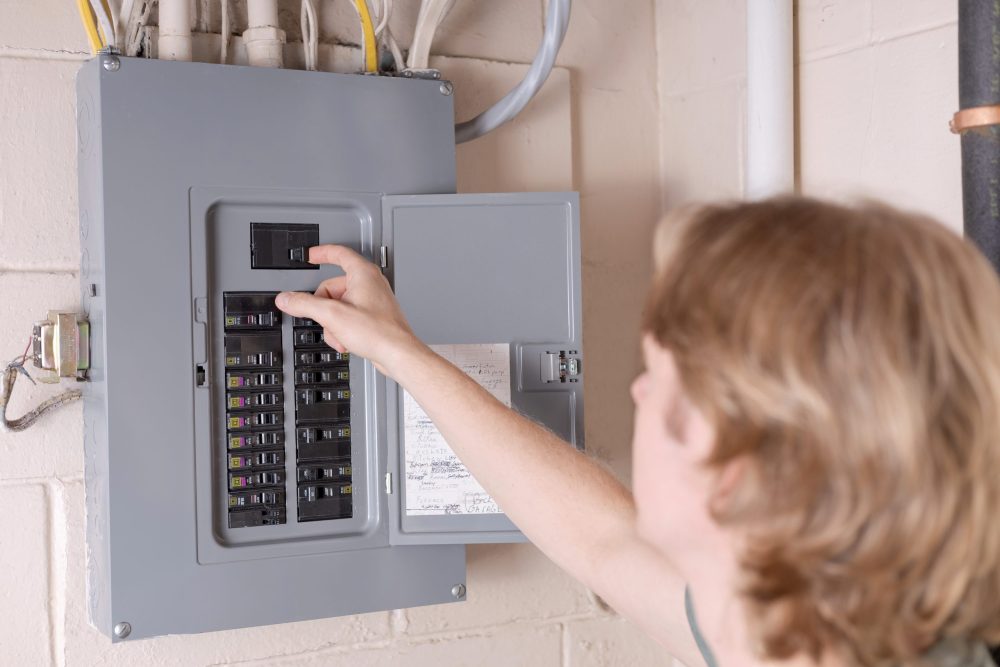Designing A Commercial Electrical System
Designing an efficient electrical system for commercial spaces is crucial for ensuring uninterrupted operations, reducing energy consumption, and maximizing productivity. This blog will explore key considerations and best practices for designing an electrical system that meets the unique needs of commercial buildings.
Understanding Power Requirements
Before embarking on designing an electrical system, it is essential to understand the power requirements of your commercial space. Analyzing the electrical load involves assessing the equipment, machinery, and systems in operation. This assessment will help determine the overall power demand and guide the system design accordingly.
Choosing the Right Fuel
Backup generators have various fuel options, including diesel, natural gas, and propane. Each fuel has its advantages and drawbacks. Diesel is reliable and long-lasting but may have higher emissions. Natural gas is cleaner but requires access to a consistent supply line. Fischer Electric can guide you through selecting the fuel type that aligns with your operational and environmental needs.
Future-Proofing The System
While planning the electrical system, it is crucial to anticipate future growth and technological advancements. Predicting power demands that may arise from expansion plans or new equipment installations will ensure that the electrical system can accommodate these changes without requiring significant modifications. Future-proofing your electrical system can save time, money, and potential disruptions in the long run.
Proper Electrical Distribution
Efficiently distributing power throughout the commercial space is key to avoiding overloads and optimizing energy flow. An effective circuit layout minimizes long wiring runs and allows for easy access to electrical distribution points. One effective way to distribute power is by strategically incorporating subpanels and distribution boards. These subpanels can reduce long wire runs, minimize voltage drops, and improve energy distribution efficiency by decentralizing power distribution. This approach also offers greater flexibility for adding or modifying circuits in the future.
Energy Efficiency Measures
Incorporating energy-efficient measures in the design of your electrical system helps reduce operating costs and contributes to sustainability efforts. Consider utilizing LED lighting solutions, known for their energy efficiency, long lifespan, and high-quality lighting output. LED fixtures and controls can significantly reduce power consumption while also improving lighting quality.
Additionally, implementing motion sensors and smart controls can optimize energy usage. Occupancy sensors can automatically turn lights on and off based on movement in a specific area, while daylight harvesting helps adjust lighting levels based on available natural light. Programmable lighting controls allow for customization, enhancing comfort and efficiency in the commercial space.
Backup Power Planning
Power outages can result in potential revenue loss and disrupted workflows. Choose a backup generator that can adequately power essential systems during outages, ensuring uninterrupted operations until power is restored. When selecting a generator, it is essential to consider factors such as fuel source, capacity, and automatic startup.
To seamlessly switch to backup power during an outage, include automatic transfer switches (ATS) in the electrical system design. ATS automatically detects a power outage and transfers the power supply from the utility to the backup generator, ensuring critical systems continue to operate without interruption.
Safety Measures & Code Compliance
Power outages can result in potential revenue loss and disrupted workflows. Choose a backup generator that can adequately power essential systems during outages, ensuring uninterrupted operations until power is restored. When selecting a generator, it is essential to consider factors such as fuel source, capacity, and automatic startup.
To seamlessly switch to backup power during an outage, include automatic transfer switches (ATS) in the electrical system design. ATS automatically detects a power outage and transfers the power supply from the utility to the backup generator, ensuring critical systems continue to operate without interruption.
Safety Measures & Code Compliance
Proper installation and maintenance of fire alarms, smoke detectors, emergency lighting, and grounded outlets are vital for a safe working environment. Electrical system grounding should be implemented to ensure electrical safety and protect against electrical shocks.
To avoid safety or legal issues, staying updated with local electrical codes and regulations is crucial. There are specific requirements based on the location of your commercial space.
Conclusion
Designing an efficient electrical system for commercial spaces requires careful planning, attention to detail, and compliance with King & Snohomish electrical codes and regulations. Consulting with a professional electrician specializing in commercial projects is essential for a successful electrical system design that meets the unique needs of every commercial space.









